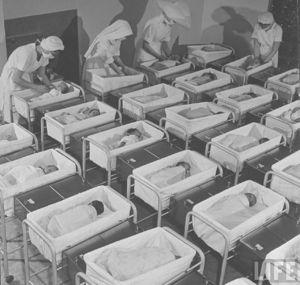

Granted, there wasn’t much prime-time network programming in the fall of 1946, and what there was seemed targeted to adults (including Gillette-sponsored sports every Friday on NBC and, on the DuMont network every Wednesday, TV’s first soap opera).īut kids were squarely in the sights of TV programmers by December 1947, when “Howdy Doody” premiered on NBC as a weekday children’s show. No wonder TV eagerly returned the favor, singling them out as an irresistible demographic. TV chronicled this bracing wave of wonder and potential, and built upon it as an essential part of what set boomers apart: They were pampered and privileged and groomed for a sure-to-be-glorious tomorrow. It could even help volunteers find love and marriage, as TV host Art Linkletter demonstrated on his 1950s game show, “People Are Funny.” The UNIVAC computer, introduced in 1951, would count the U.S. Polio would be cured! Man would go into space! Electricity, thanks to atomic energy, would soon be “too cheap to meter.” Even African-Americans, oppressed for so long, had new reason for hope. TV was key to the world baby boomers were born into: a newly modernized world where every problem (with the possible exception of the Cold War) seemed to point to a solution that was just around the corner. would expand from radio into TV, and, to spread the word, telecast the ceremony to the scattering of 2,000 TV sets throughout all of New York City.īut the handiest year for TV’s genesis is 1946 - when technology, optimism and renewed consumer buying power joined forces at World War II’s conclusion and gave broadcast television a belated kick-start.īy chance (or is it?), the same year that ushered in the TV age is also seen as the kickoff for the baby-boom generation - the population boom of kids born between 19. Or maybe 1939, when the RCA Television Pavilion opened at the New York World’s Fair with the exciting news that RCA’s National Broadcasting Co.

Maybe 1927, when 21-year-old Philo Farnsworth transmitted the image of a horizontal line to a receiver in the next room of his San Francisco lab. TV’s arrival, depending on how you see it, can be marked at any of a number of moments in the last century.

NEW YORK - Unlike baby boomers, television has no birth certificate.


 0 kommentar(er)
0 kommentar(er)
